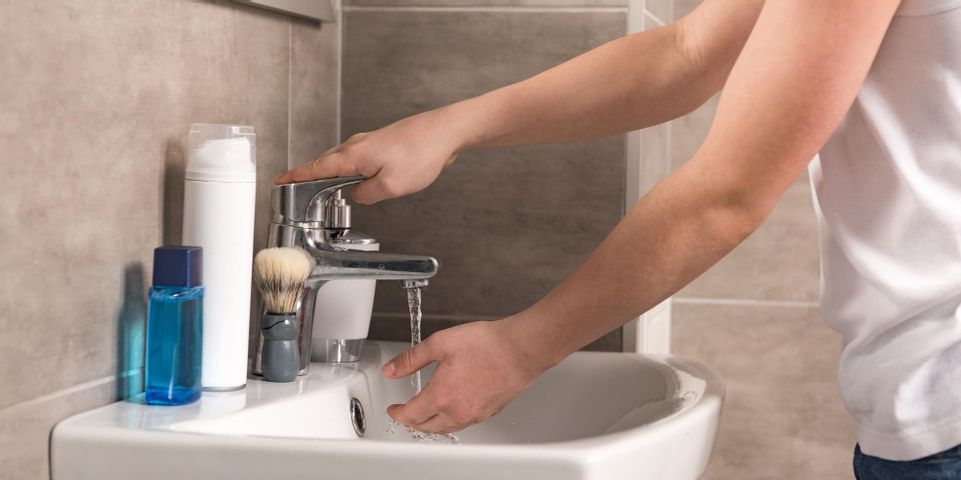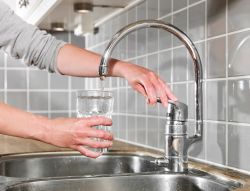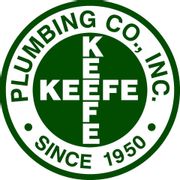
Water in your home's plumbing should only flow one direction — from the water main to the faucets and fixtures. However, when the main loses pressure, it can draw water back from your pipes. To prevent this, you need backflow preventers in your home and yard. Here’s what you need to know about these devices.
What Is Backflow?
Your pipes rely on pressure from your municipal water source to push water through the system. Leaks in the water main or high water demand, such as from a fire hydrant, can decrease this pressure, creating suction that can force the water backward. When this happens, water from your taps — which may be contaminated with soap, food debris, and even human waste — flows back into the water main, dirtying the water source your home relies on for drinking and washing.
How Does a Backflow Preventer Work?
 A backflow preventer is a valve that’s installed in your home’s water pipes. When water is flowing normally from the water main, the valve opens. When water starts to flow backward, the natural motion of the water forces the valve closed, blocking the water in your plumbing from traveling back to the main. Some models may also dump excess water through a relief valve rather than releasing it back into the water main.
A backflow preventer is a valve that’s installed in your home’s water pipes. When water is flowing normally from the water main, the valve opens. When water starts to flow backward, the natural motion of the water forces the valve closed, blocking the water in your plumbing from traveling back to the main. Some models may also dump excess water through a relief valve rather than releasing it back into the water main.
How Do You Know If You Need a Backflow Preventer?
First, your plumber can tell you if you already have a backflow preventer installed. If you don't, or if you’re installing new plumbing, you should plan for one to protect your local water source. You may need additional backflow preventers in your yard's irrigation system to prevent water contaminated with dirt, pesticides, and fertilizer from flowing back into your home's plumbing and pouring from your tap.
If you need a plumbing company to assess, install, or repair backflow preventers on your property, choose Keefe Plumbing Company in Chattanooga, TN. Serving homeowners throughout Hamilton County, these affordable plumbers have more than 60 years of experience in the field and offer 24/7 service in case of emergencies. To schedule a visit, call (423) 622-3178 or send a message online.
About the Business
Have a question? Ask the experts!
Send your question

